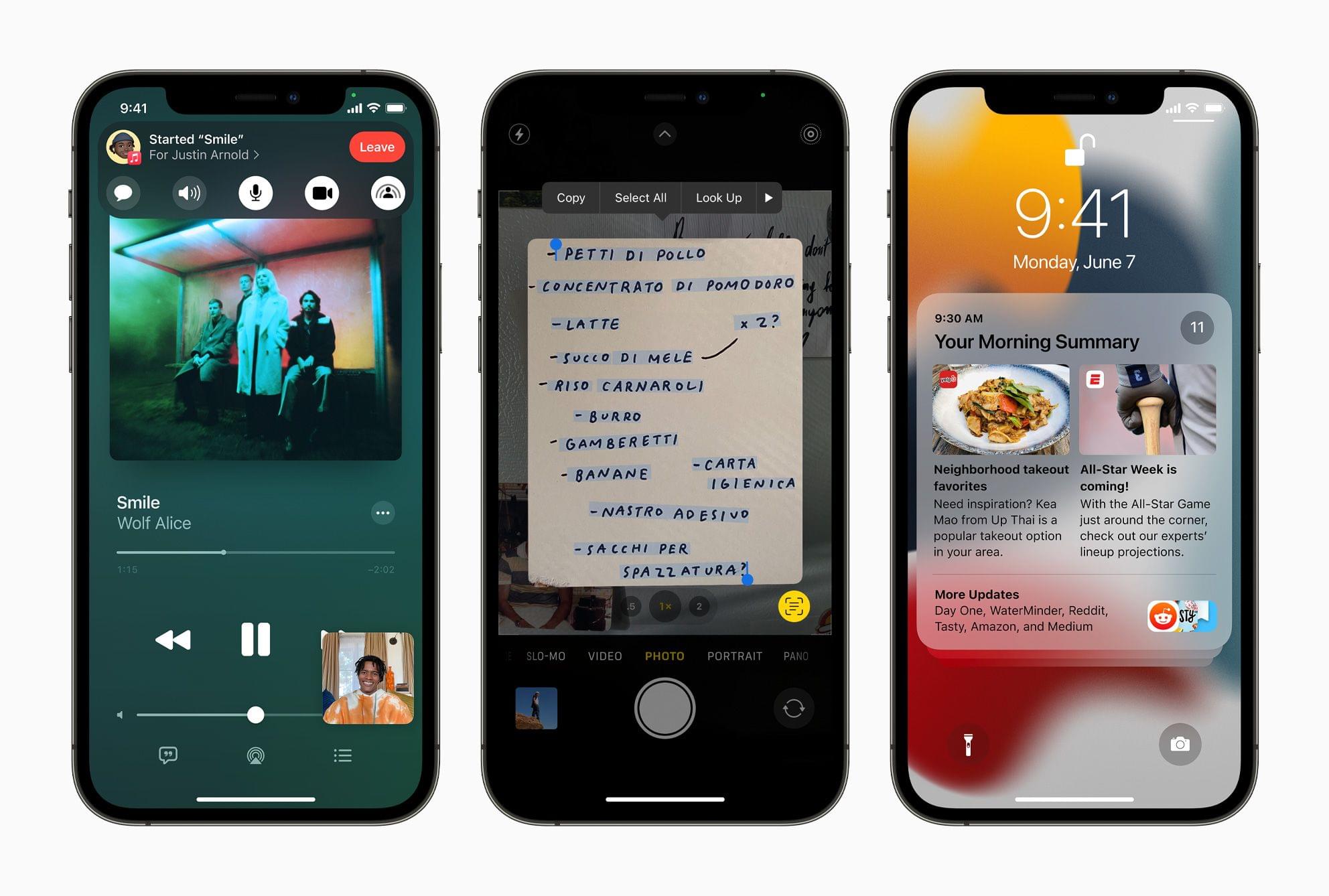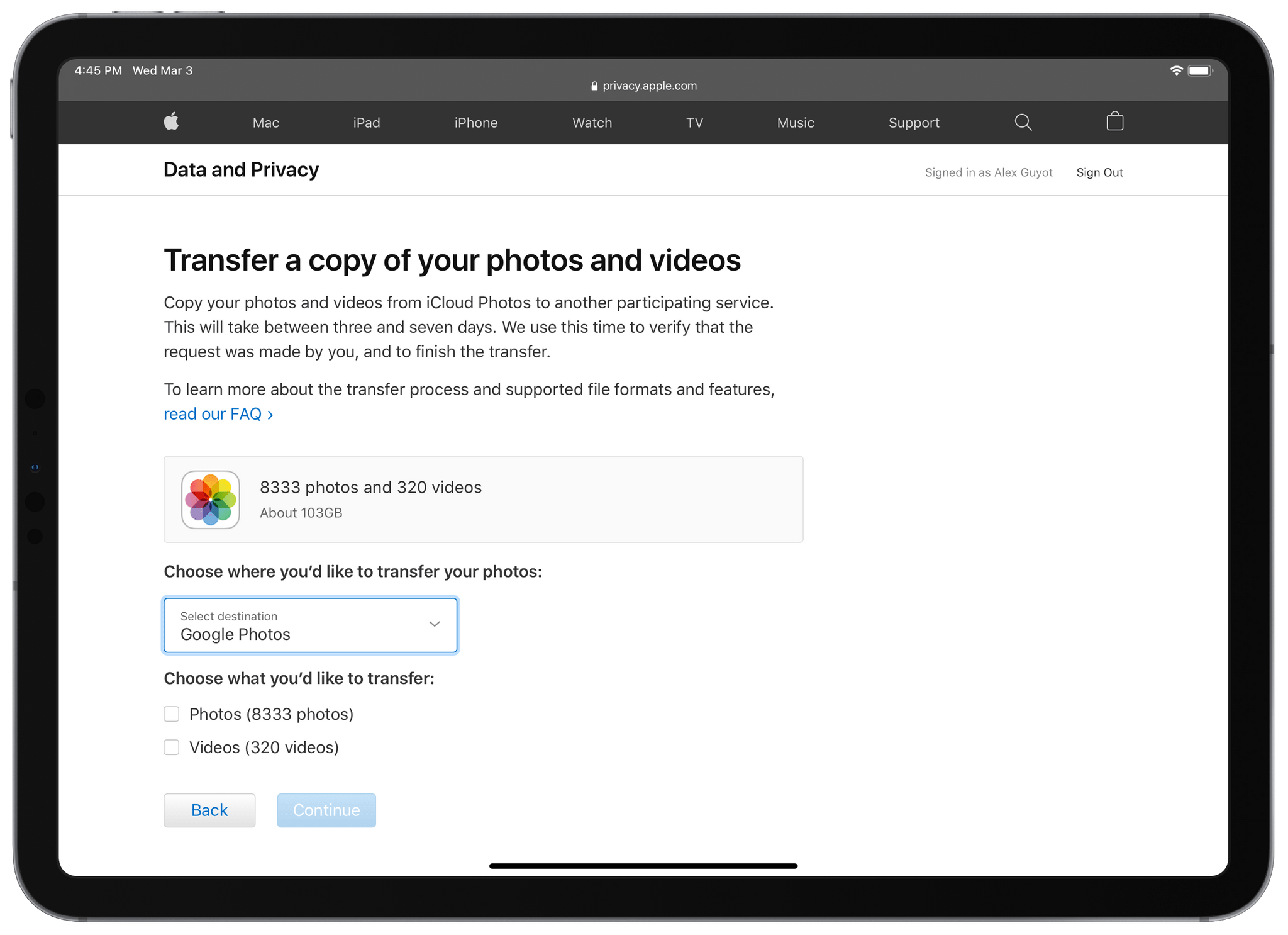This morning at Apple’s second fully-remote WWDC keynote address, Craig Federighi introduced iOS and iPadOS 15. This year’s updates include significant improvements to core first-party apps, new controls for maintaining focus, system-wide text and object recognition in images, and much more.
On the iPad-only side of things, Apple has announced a variety of new multitasking interface elements, feature parity with the iPhone’s Home Screen, quick note capturing available at any time in any app, and an overhauled Swift Playgrounds which supports building and shipping complete SwiftUI apps to the App Store.
As usual, developer betas are available today, with final versions scheduled to ship to all users this fall. Let’s take a look at all the details that Apple has in store for us this year.









